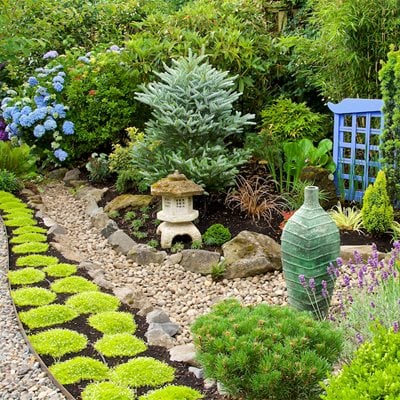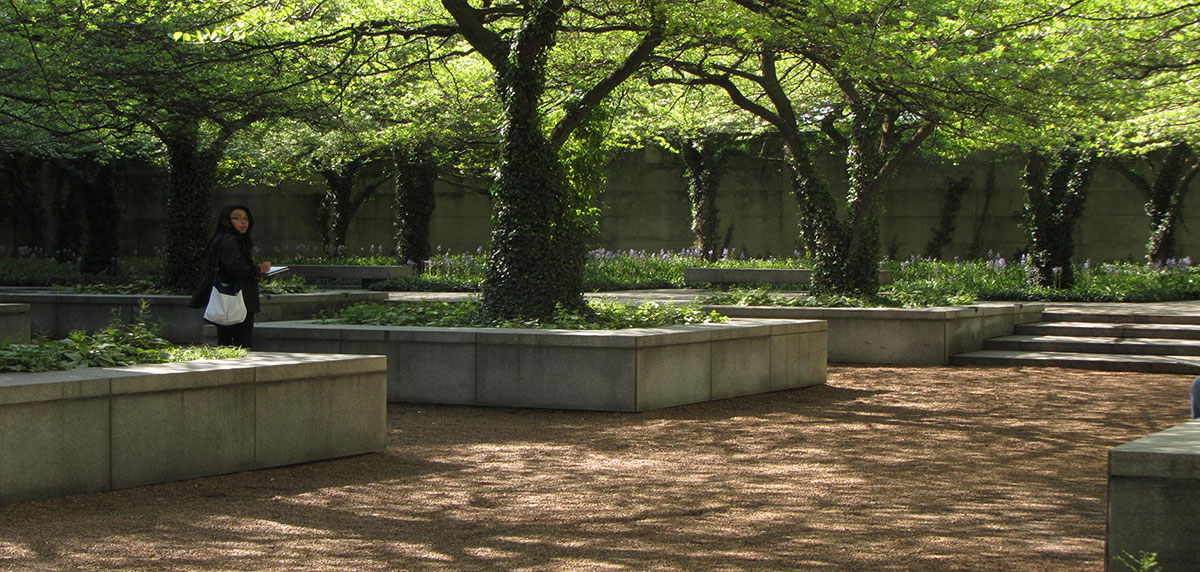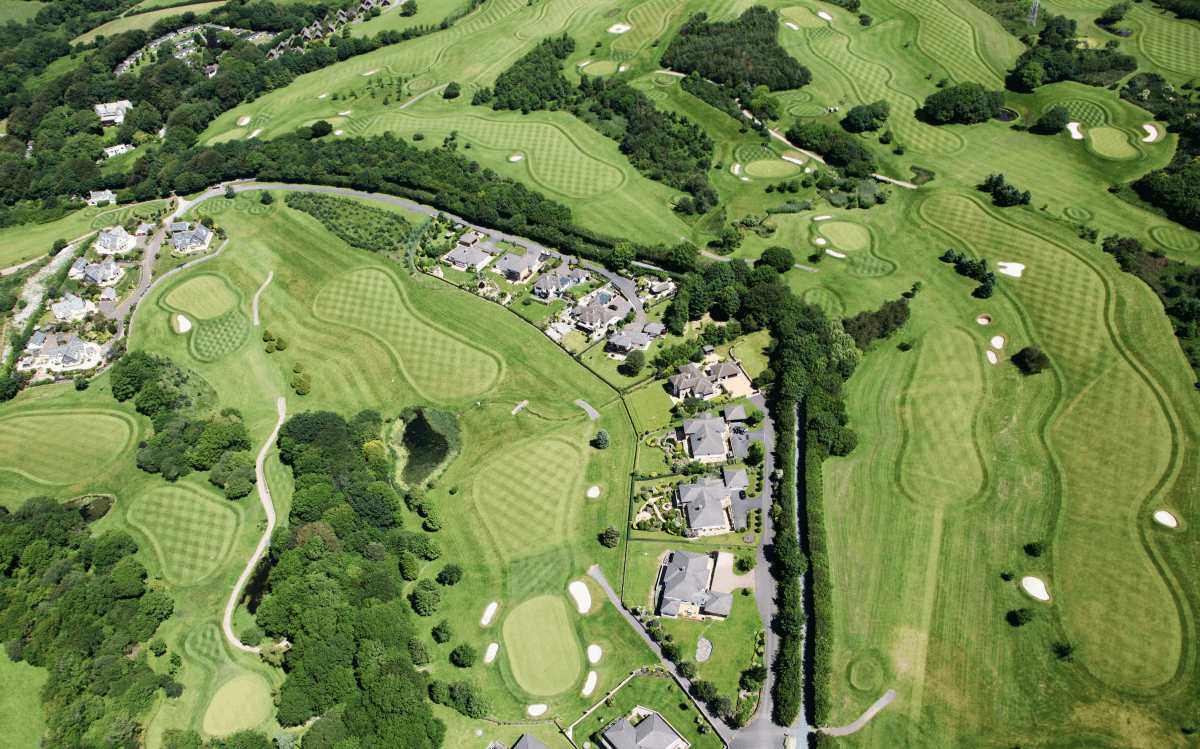The 15-Second Trick For Landscapers
The 15-Second Trick For Landscapers
Blog Article
The Ultimate Guide To Landscapers
Table of ContentsMore About LandscapersEverything about LandscapersTop Guidelines Of Landscapers6 Simple Techniques For LandscapersAn Unbiased View of LandscapersLandscapers for Dummies
- A yard feature where water is stood for by an accumulated stone product, normally a gravel or granite. These are most frequently located in modern-day and Japanese yard layout.- A rock or natural flagstone patio area, course, or sidewalk constructed without a concrete base. The base would certainly be compressed gravel and the joints would certainly be an accumulation or walkable ground cover. - A rock keeping or free standing wall surface built without the usage of mortar. An extremely skilled mason is required for a completely dry stack rock wall surface. Many wall surfaces in Portland are not dry piled, even if they show up to be. - An underground structure that accumulate water and permits it to slow down percolate into the dirt around it.
Landscape layout that is compatible with a sites' setting in both look and sustainability without adverse influences to the setting. Bordering in the landscape is a line of separation that creates aesthetic interest in the yard by dividing one segment from an additional segment.
Locations can also have a sensation of "enclosure" supplied by trees, various other growings, fencings, or displays. The landscape near the entry to a building. A tree, hedge or vine, educated to expand on a wall surface or fencing into a details pattern. Particularly useful for fruit trees, making it simple to collect the fruit and including mess.
Not known Facts About Landscapers

The component in a landscape layout or location in a landscape that is suggested to be most famous. The focal factor can be a plant, rock, statuary, gathering room, or other landscape attribute. A design of gardens or yard elements that emphasize straight lines, appropriate angles and circles. Shrubs or bushes located in beds near the structure of a home or other structure.

Some Ideas on Landscapers You Need To Know
Reduced plants that are enabled or encouraged to spread over an area. Can refer to any "hard" garden elements including statuary or boulders but a lot of generally is used to refer to paths, patios, and walls - Landscapers.: Height distinction in between the level of water in a fish pond (or the degree of the pump if it rests outside the pond) and the upper outlet of water which affects performance of the water pump in gph (gallons per hour).
Fencing boards that run flat, commonly utilized about his in modern or Japanese-inspired landscape styles. Proper use of fictional lines can assist the landscape feel connected to the home and various other aspects.
A more loosened up garden controlled by rounded rather than straight bed lines and a less rigid framework. Traditional PNW landscapes are casual. A plant that spreads even more than preferred, or right into habitats where it does damage. Portland has a listing of intrusive plants that must not be mounted in click here to find out more landscapes due to the fact that they can infect woodlands or rivers and be tough to manage.
Little Known Questions About Landscapers.
Can consist of head positionings and protection, pipeline sizing, GPM specifications, and materials needed to install this system. Licensed professional who develops landscapes, coached in engineering and design as well as in horticulture.
Landscape developers typically have much less education than Landscape Architects and are not licensed. A finished landscape design, describing all components for the new landscape.
Calcium material made use of to increase the pH in dirt, which will make it less welcoming to moss (Landscapers). A water tight HDPE product used underneath fish ponds, streams and waterfalls in water features. Utilizing many growings of the same range to fill out a location in the landscape. This can reduce upkeep and water use in the garden.
A layer of garden compost or bark dirt used at the base of a plant. A plant that was existing in a geographic location before people began altering the landscape.
Top Guidelines Of Landscapers
Just official source how the yard or a yard component is organized in partnership to an existing or brand-new attribute or to an instructions. Keeping a grass without the use of chemical herbicides, pesticides, or plant foods. Grasses that are not cut however grown in landscapes as perennials. This is a partially open sided relaxation or entertainment location that adjoins a home, used for entertaining, outdoor eating and merely delighting in the exterior setting.

Plants that offer seasonal passion and then die back in the winter. Cold period grass that is the most typical lawn grass in Rose city, OR and the rest of the PNW.An open roofed structure over a patio area or various other landscape feature.
Lava aggregate ranging in size from 1/4" down to dust. The most typical landscape crushed rock in the PNW. Location of the landscape designed to deal with rainfall water till it can soak right into the ground. A chain that regulates water as it travels from a roofing gutter to the ground. Garden framework that develops a growing location that is contained and more than the bordering quality.
Structure made from timber, concrete, leading rocks, blocks or other materials for stabilizing slopes and stopping too much disintegration. Slim gutter. Creating a garden function consisting mostly of rocks with growings that enhance and can grow in the rough environment. Sprinkler head style that rotates a stream of water throughout a location.
The Best Guide To Landscapers

Report this page